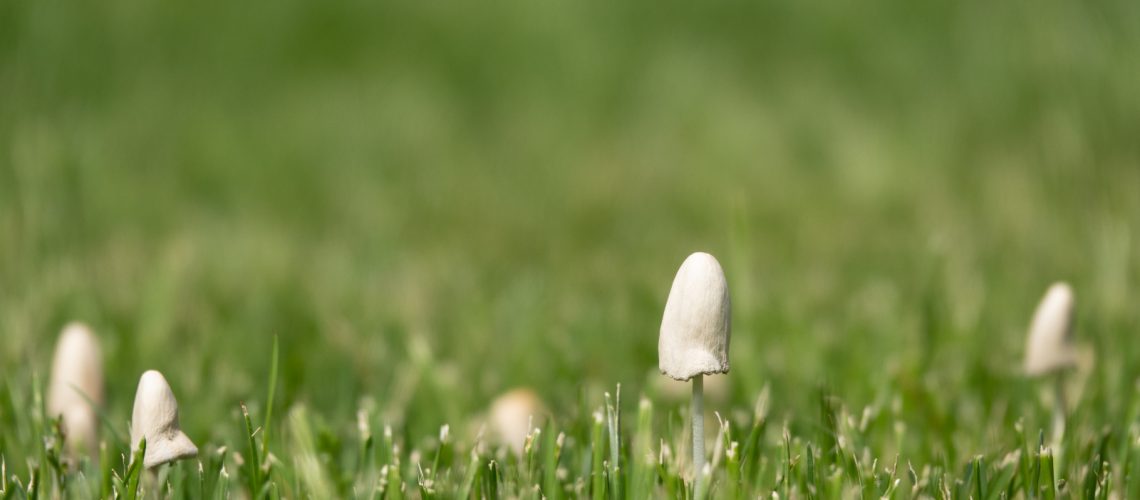Everything should be done in moderation, including watering your lawn. Giving your grass too much water will do more harm than good. It suffocates the grass and stunts growth. The air pockets in the soil that should have air are filled with water which means that the roots do not ‘breath’ properly. If the roots do not breathe, they will not grow, and in turn, the upper part of the plant will not thrive. This is the main reason why many people invest in smart irrigation systems. How can you know whether you are watering enough or overdoing it?
How Much Water is Required by Your Lawn?
Many factors determine how much water should be applied to your landscape. They include the evapotranspiration rate, which depends on the type of plant and the amount of sunshine. The precipitation levels like rain and snow also matter. Find out this information to determine how much watering to do – and also factor in whether an area is shaded or not.
Generally, turf grasses require 1.5 to 2 inches of water per week. This may be applied one day a week or spread over two days a week.
Signs of Overwatering
1. Runoff Water
Look around as you water your plants. Is there water running off to the street, driveway, or other parts of your lawn? If this happens, the soil is waterlogged and cannot hold any more water.
This runoff water must be taking away fertilizers needed by your plants. It is also raising your water bill without doing any good.
2. Spongy or Squishy Lawn
The soil on the lawn should be wet after watering, not spongy. Remember that sponges let out water when squeezed. This should not happen when you step on the soil. Step on different parts of the lawn firmly and see how the ground feels. This should be done a few hours after watering to let the bottom layers of the soil absorb water.
3. Mushrooms and Fungi Growth
Done over a long time, overwatering a lawn can create wet conditions that favor the growth of fungi and mushrooms. Fungi will appear as colorful growths on top of grass. Mushrooms attract the attention of pets and children. Some species are poisonous when eaten. Preferably, get rid of them as soon as you spot them.
4. Wilted Grass
Drought can cause the grass to wilt but so can overwatering. If you are not experiencing drought and still have wilting grass, this may be why. Too much water can cause roots to rot, and this causes the leaves to brown and gray.
Over time, partially decomposed grass (thatch) accumulates, which may harbor pests.
5. Weed Overgrowth
While too much water may not be good for your lawn grass, it may create the perfect condition for the growth of some weeds. You may notice nutsedge and crabgrass increasing in population.
The Solution to Overwatering
It would help if you stopped overwatering as soon as you noticed that you were doing it. Find the right irrigation system that can be programmed as per your soil’s needs. This way, you can forget about manual watering.
How can you help your lawn recover from the effects of overwatering? You will need to handle the specific problem you have as you reduce your water supply. Get a fungicide to get rid of fungi, dethatch to remove excess thatch, and get rid of bugs with pesticides.
Aerating the air will give it back the oxygen it needs for proper plant growth, while fertilizer application will provide the nourishment your lawn needs to flourish again.
In Conclusion
The best lawn watering practices call for only giving your plants only as much water as they need. You can do this by using an automated irrigation system. Practices like watering early in the morning or in the evening also help ensure the soil retains the moisture it needs.


